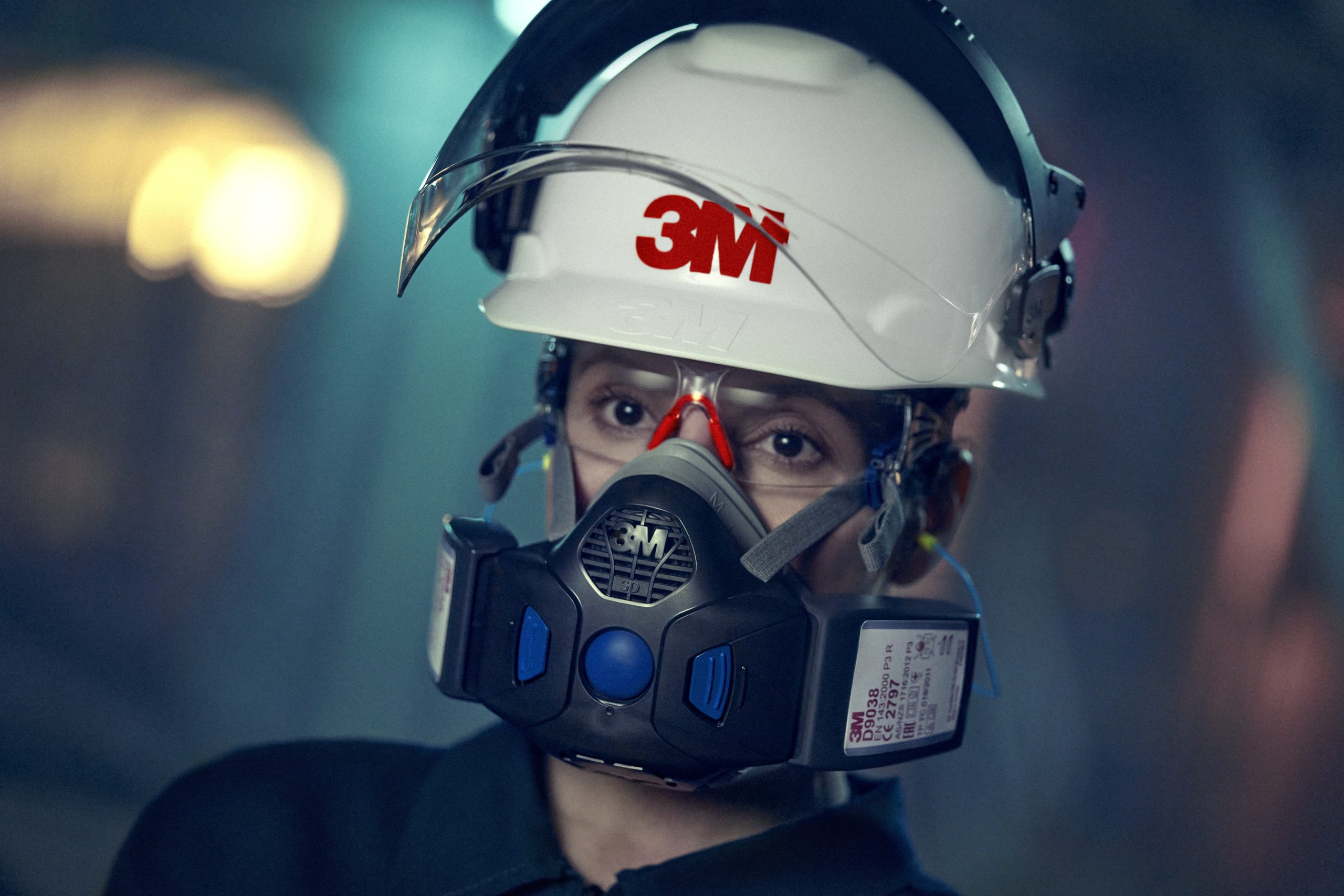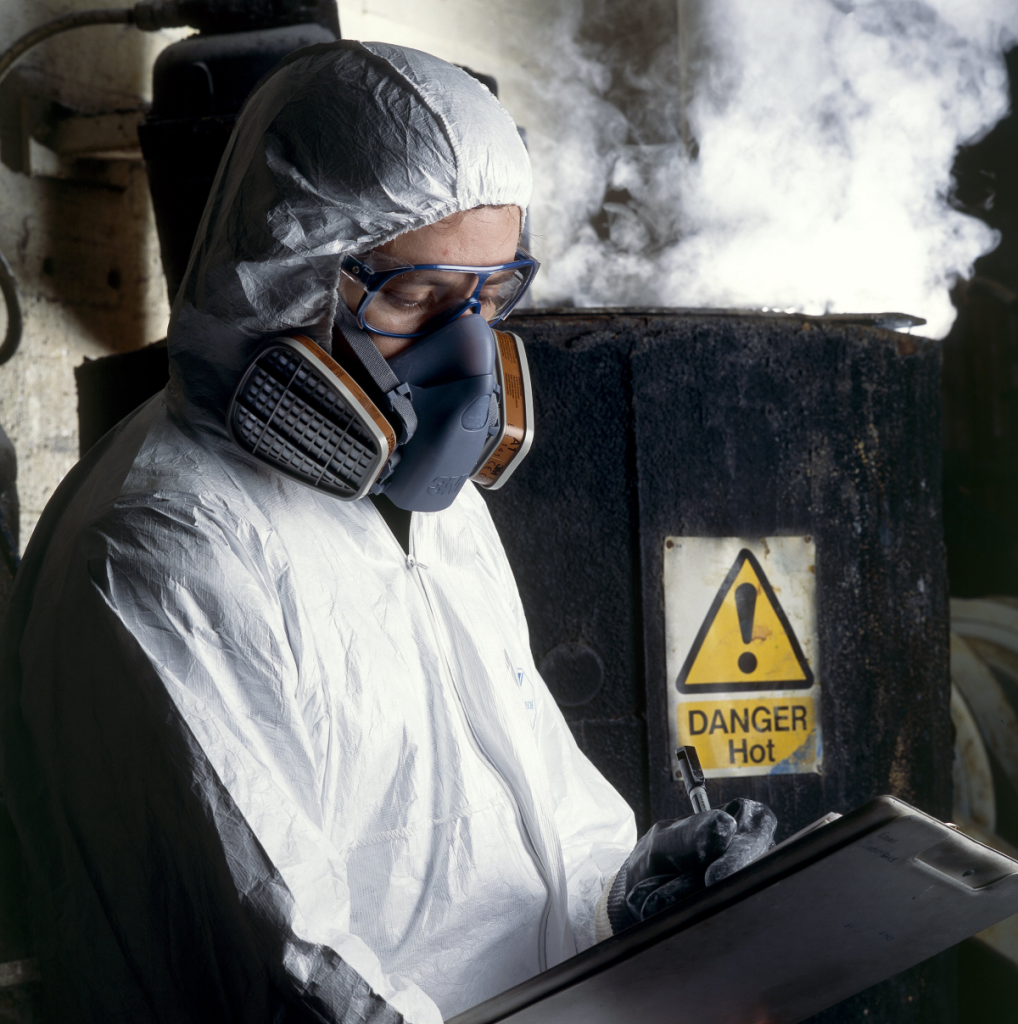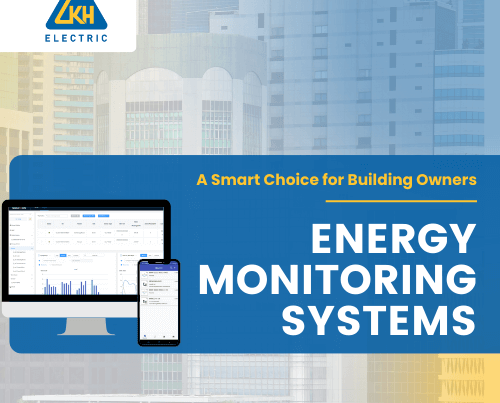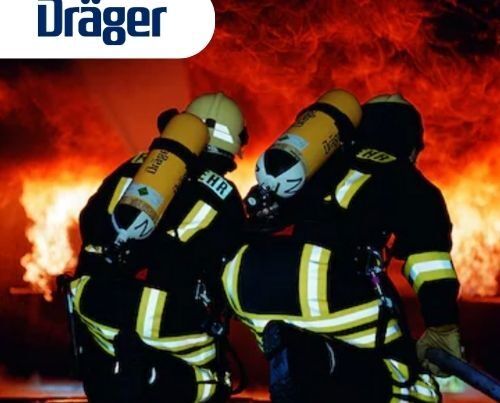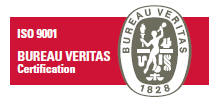Working in a chemical plant, manufacturing, or other industries with increased exposure to dust, fumes, mist, and other hazardous substances can put employees’ lives on the line.
While these are inherent risks for workers in these fields, employees shall be equipped with respirators–serving as the first line of defense against inhalable, harmful materials. One of the most reliable brands offering quality personal safety products is 3M.
3M is known for innovation and the application of science to deliver sustainable safety solutions. Workers from such industries can benefit from the reliability a 3M respirator provides.
Specifically, it shields against gas, vapors, and nuisance odors that may harm an employee’s health. It equips features intended to address various sectors’ unique needs and applications.
However, it is essential to note that the effectiveness of every respirator is contingent upon following proper maintenance practices. One of these is regularly replacing respirator cartridges and filters, and we’re here to show you how to do it right.
Why Replace 3M Respirator Cartridges and Filters?
A respirator cartridge & filter is a respirator component responsible for removing air contaminants before they reach the wearer. A respirator cartridge & filter like 3M is not meant to be cleaned or reused. Any attempts at doing so can sacrifice your cartridge & filter’s performance, making it unsafe for employee use.
Routine changes are necessary to ensure a 3M respirator provides maximum and persistent worker protection.
To better understand the 3M cartridge & filter lifespan, efficiency, and the risks that come with failing to replace them regularly, understanding some of its most popular types first can be helpful:
- Gas and vapor cartridge filters: Protects only against vapors and gases.
- Particulate filters: Aims to safeguard users against dust, smoke, mists, fumes, aerosols and other particles.
- Combination filters: Ideal for workplaces tackling various types of contaminants. These filters employ different particulate or cartridge types depending on the specific contaminants in the hazardous environment.
Consistently using 3M respirators, especially ones that leverage particulate filters, eventually creates clogs, which can result in breathing difficulties for the wearer.
For cartridges, the sorbent elements (a material that absorbs vapours or gases from the contaminated air) inside the filter may eventually reach their maximum capacity, allowing contaminants to pass through and enter the workers’ breathing zone.
But when is the right time to replace respirator cartridge & filters?
3M guidelines say every workplace must assess its unique needs and situation. There is no specific schedule, timing or frequency about when to change them–it varies from task to task, situation per situation, or product to product.
However, some conditions for filters should be considered. Particulate filters should be replaced if they become damaged, unhygienic, or cause too much breathing resistance for the wearer. Meanwhile, combination filters (particulate and gas or vapour) will fill at their rate and should be changed once they are full.
Essential Steps to Replace 3M Respirator Cartridge & Filters
Changing 3M respirator cartridges & filters is relatively easy. However, following the correct steps—from identifying the respirator type to conducting a fit check—ensures that the cartridges & filters function properly and provide the best protection. Below are the essential steps to help you through the process.
1. Identify the type of respirator, cartridge and filter model.

A 3M respirator can be disposable, reusable, half-face, or full-face. Here’s a quick 3M respirator selection guide you can refer to:
Filtering facepieces or a 3M disposable respirator helps workers protect themselves against particulate hazards. These devices are lightweight and discarded after use.
In contrast, the 3M reusable respirator may need to be changed as necessary. It can be used with combination, particulate filters, gas, and vapour cartridges.
Employees can also use half-face and full-face respirators.
Half-face respirators cover the nose and mouth, while the latter covers the eyes and most of the face. It may also eliminate the need for safety glasses.
Each 3M respirator is intended to work with specific cartridges & filters, and using incompatible ones results in inadequate protection and damage to the respirator.
It is crucial to use compatible cartridges & filters for various respirator types to ensure that employees can fully utilize the safety PPE’s protective function. Properly matching them provides maximum protection, performance, and comfortability.
2. Remove the old cartridge & filters safely.
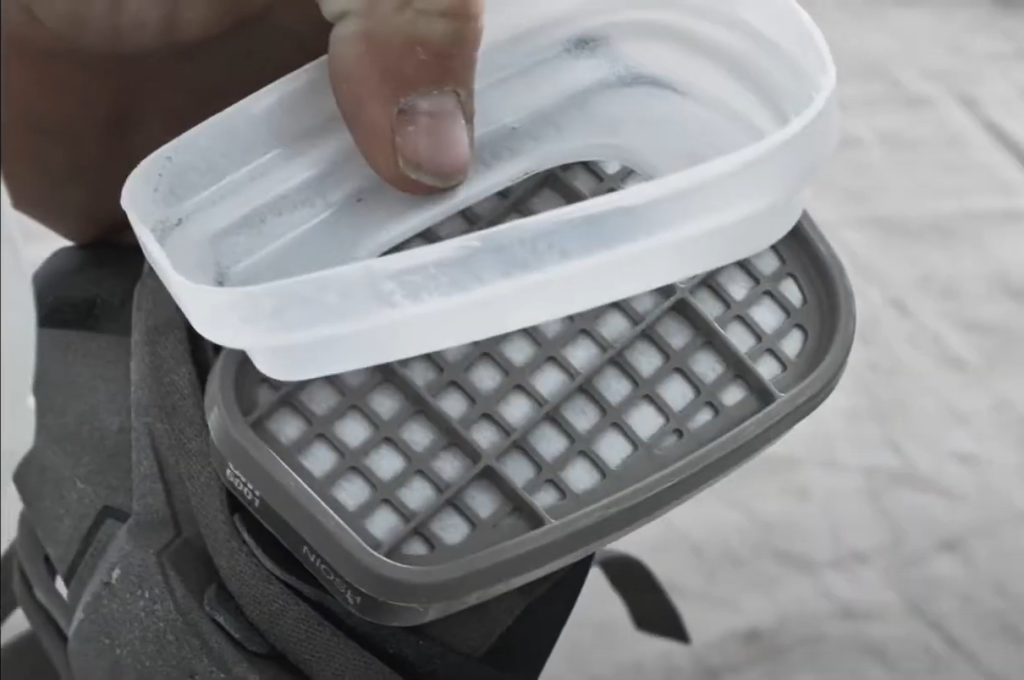
Refer to the instructions for your specific respirator model to find and release the cartridge & filter retainers. This usually involves removing the cartridge & filter housing or turning the filter counterclockwise by a quarter turn. Above all, do not apply full force while detaching old cartridges and filters to prevent damage to the respirator.
Once old cartridges & filters have been removed, workplaces must observe proper disposal of these by discarding contaminated safety PPE in a dedicated closed-lid receptacle bin or disposing of them as per local requirements.
3. Inspect the respirator for any damage.
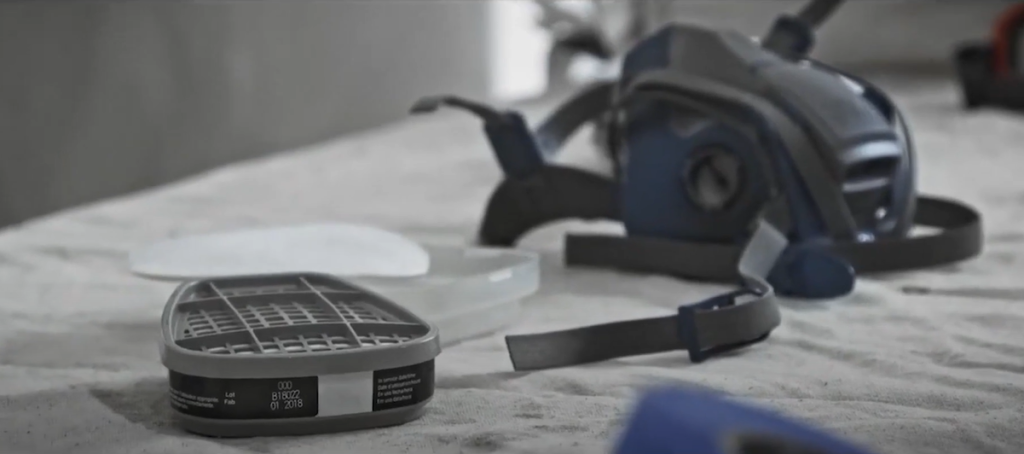
Once the old cartridge & filters have been properly discarded, users should thoroughly examine the respirator for any signs of damage or wear. Inspect the seals and straps, and resolve any issues before installing a new cartridge and filter.
You might also conduct the assessment while cleaning the respirator. Wipe the entire facepiece for a clearer view of the sealing surface (applicable for both half-face and full-face 3M respirators). Using a damp cloth or 3M wipes can help eliminate dirt or debris that might affect the seal. An important reminder: ensure that the respirator is dry before proceeding to attach the new cartridge and filter.
Evaluating a 3M respirator for damage is crucial–failing to do so can compromise the filter’s effectiveness and, most significantly, the workers’ health.
4. Attach the new cartridge & filters.
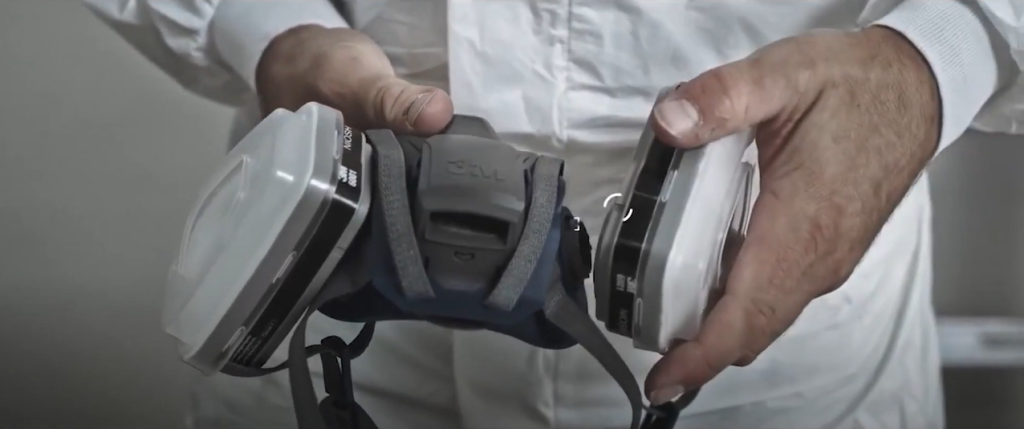
Position the new cartridge & filter according to the designated markings on the respirator. Different respirator models and filter types may entail unique attachment methods. Therefore, it is essential to always refer to the model’s instructions to guarantee proper installation.
Securing the right fit and alignment is what the wearer must ultimately achieve.
5. Perform a fit and seal check.
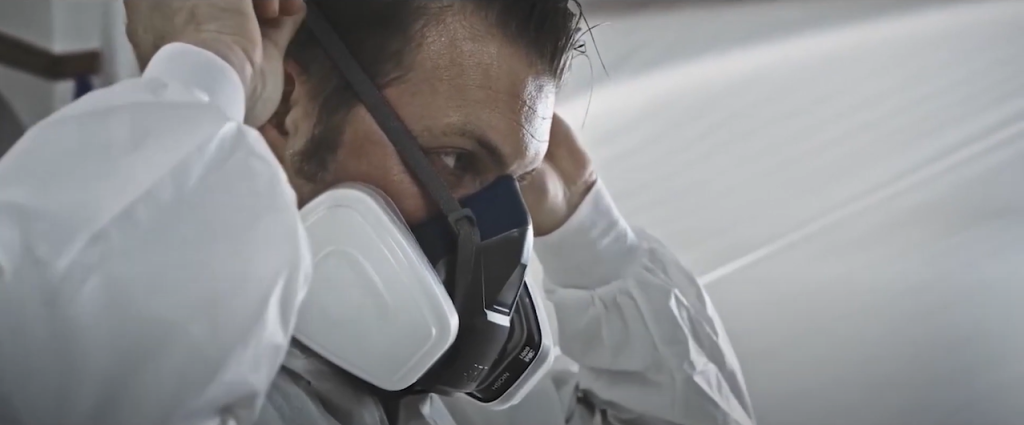
New cartridges & filters have been attached, but the work to ensure total safety does not end there.
Employees must perform seal checks.
Place your palms over the cartridge and inhale gently. If air leaks between your face and the respirator’s face seal, reposition and adjust the straps until you achieve a more secure fit and seal. Another method is to place your hands over the valve cover and exhale gently. If the air leaks, reposition and fine-tune the straps as well.
An important note: seal checks improve respirator fit, but they should not replace respirator fit testing, which is a different procedure done at least annually.
(Find out more from 3M)
Tips for Maintaining Your 3M Respirator
Regularly replacing respirator cartridges and filters is just one of the maintenance procedures that users can perform to maintain the longevity and performance of their respirators. However, here are some additional tips to further keep your respirators’ optimal performance:
- Cleaning your 3M mask: Cleaning is recommended after each use. Remove filters or cartridges before cleaning. Then, manually clean and disinfect your 3M respirator.
- Inspection of defective parts: Check for cracks, tears, and signs of distortion, especially in the face seal area. Ensure head straps are in good condition and maintain proper elasticity. Check on all the spare parts as well.
- Storage and shelf-life of unused filters: Generally, 3M respirator filters and cartridges, both unused and unopened in the original packaging, have a shelf life of three to five years from the manufacturing date. This information is printed on the packaging.
Where to Find A Trusted 3M Distributor in Singapore?
Properly handling respirator cartridges & filters isn’t just about complying with workplace standards. It is primarily a matter of health concern, safeguarding workers’ health in high-risk spaces.
In addition to following the recommended practices, it is vital to source cartridges, filters and respirators from a trusted 3M authorized distributor. In this way, businesses and safety officers can ensure employees use the best and genuine safety products to adhere to Singapore’s safety rules and regulations.
Lim Kim Hai Electric is a 3M authorized distributor, aiding hazardous industries’ personal safety needs. Our 3M cartridges, filters, and respirators benefit general manufacturing, oil and gas, mining, chemical, and aerospace industries, among others.
Your commitment to quality and safety starts with the right supplier. Our team collaborates with reputable brand partners like 3M to provide customers with authentic and reliable products.
Contact us today to purchase genuine 3M products and maintain the highest protection standards in your workplace.

